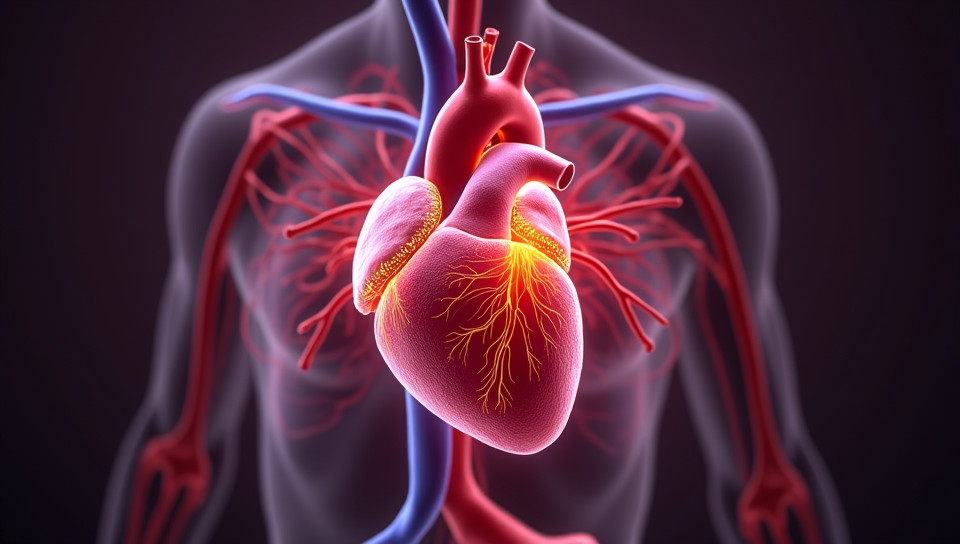Chronic intermittent hypoxia causes cardiac fibrosis 72%

The Hidden Dangers of Chronic Intermittent Hypoxia: Understanding its Impact on Cardiac Health
Chronic intermittent hypoxia (CIH) is a condition characterized by repeated episodes of low oxygen levels in the body. It's a common consequence of obstructive sleep apnea, but also occurs in other conditions such as chronic heart failure and chronic kidney disease. While the immediate effects of CIH on the body may seem benign, its long-term consequences can be devastating. In this article, we'll explore the link between chronic intermittent hypoxia and cardiac fibrosis.
What is Cardiac Fibrosis?
Cardiac fibrosis is a condition in which excess collagen accumulates in the heart muscle, leading to stiffening of the heart tissue. This makes it harder for the heart to pump blood effectively, ultimately leading to heart failure. Cardiac fibrosis can be caused by various factors, including hypertension, diabetes, and myocardial infarction.
The Role of Chronic Intermittent Hypoxia
Chronic intermittent hypoxia has been shown to contribute significantly to cardiac fibrosis. When the body is exposed to repeated episodes of low oxygen levels, it triggers a stress response that leads to inflammation and oxidative stress in the heart tissue. This inflammatory response activates various signaling pathways that promote the expression of collagen genes, leading to the accumulation of excess collagen.
- Repeated episodes of hypoxia can lead to:
- Increased expression of transforming growth factor-beta (TGF-β)
- Activation of nuclear factor-kappa B (NF-κB) pathway
- Upregulation of fibrosis-related genes
Mechanisms of Cardiac Fibrosis in CIH
The mechanisms underlying cardiac fibrosis in CIH are complex and multifaceted. However, several key players have been identified as contributing to the development of cardiac fibrosis:
- Inflammation: Chronic intermittent hypoxia triggers a sustained inflammatory response in the heart tissue, leading to the activation of various pro-fibrotic signaling pathways.
- Oxidative Stress: Repeated episodes of low oxygen levels lead to increased production of reactive oxygen species (ROS) in the heart tissue, which activates fibrosis-related genes.
- Hypoxia-Inducible Factors: Hypoxia-inducible factors (HIFs) are transcription factors that regulate gene expression in response to hypoxia. They have been shown to play a crucial role in promoting cardiac fibrosis.
Conclusion
Chronic intermittent hypoxia is a significant risk factor for the development of cardiac fibrosis. Understanding the mechanisms underlying this condition can help us develop effective treatments and preventive strategies. By addressing CIH, we may be able to reduce the incidence of cardiac fibrosis and prevent heart failure.
- Created by: Adriana Gonçalves
- Created at: Nov. 2, 2024, 3:23 p.m.
- ID: 15384




